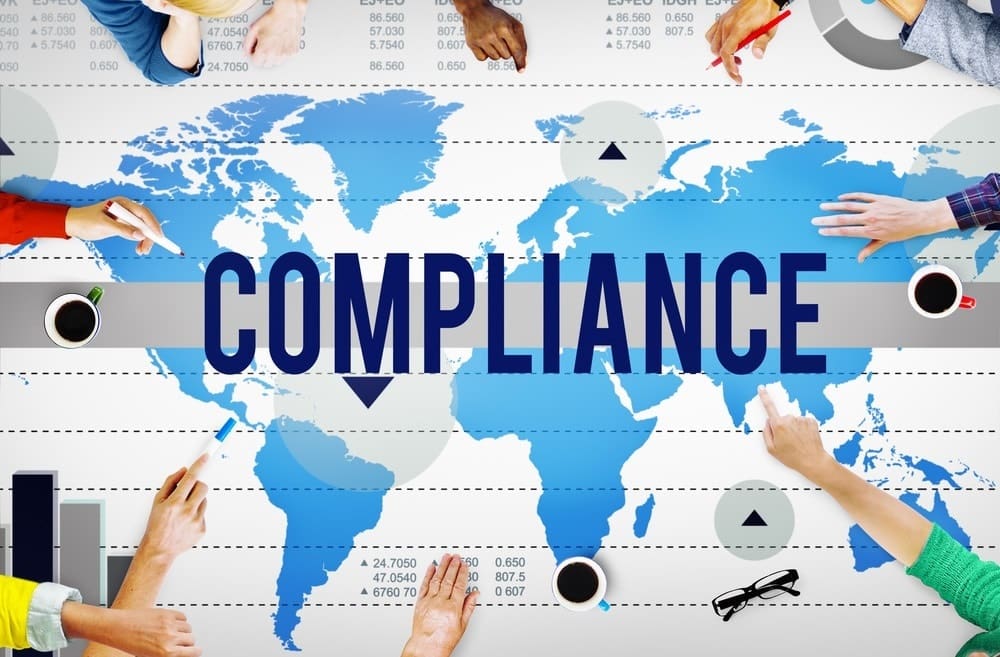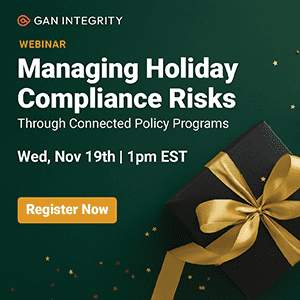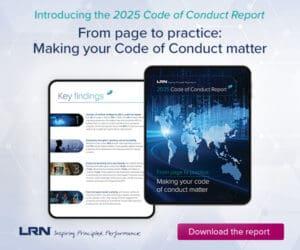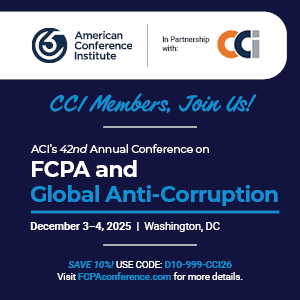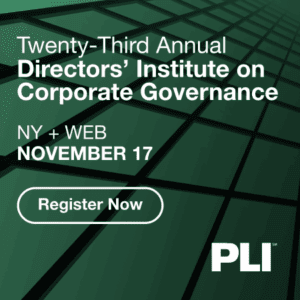Compliance
Improving the I-9 Process, Wherever Your Employees May Be
The workforce is continually evolving, and companies are leveraging remote workers now more than ever. Cost efficient and convenient as off-site staff can be, remote staff can pose compliance challenges for their employers. The process for completing I-9 forms, for instance, presents numerous opportunities for error -- each of which the employer is liable for.
How to Draft an FLSA-Compliant Settlement Agreement, Part 3
In the first and second parts of this series, we introduced the special rules that federal courts apply when evaluating the legality of privately-negotiated settlement agreements in FLSA litigation and analyzed the permissible contents of the release clause therein. In this final installment, we discuss recent court opinions addressing the permissibility of nondisclosure terms in these agreements.
How to Draft an FLSA-Compliant Settlement Agreement, Part 2
Having introduced the special rules federal courts apply when evaluating the legality of privately-negotiated FLSA settlements, we now focus on the permissible scope of the release clause in these agreements, with the aim of assisting practitioners in drafting agreements that will receive prompt court approval and secure dismissal with prejudice of their underlying litigation.
5 Ways to Ensure Board Support for Compliance
It’s absolutely critical that the Chief Compliance Officer and the Board of Directors work together to achieve a culture of ethics and compliance. With the Board’s backing, a CCO’s influence is far greater. Establishing that relationship, however, may be a daunting proposition. Michael Volkov outlines five steps to build this key bond.
How to Draft an FLSA-Compliant Settlement Agreement, Part 1
FLSA litigation has dominated federal court dockets for more than a decade, but little attention has been paid to the agreements used to resolve such litigation. Unique policy considerations mean special rules apply. In today's post, the first installment of this three-part series, we explain these rules and the rationale underlying them.
The Legal Pitfalls of Interviewing: Make Sure Your Company is Compliant
There are a host of rules and restrictions around what can -- and more to the point, can't -- be asked when interviewing candidates. Questions about ethnicity, religion, disability, marriage status and parenthood are off-limits. Trying to get at any of that information in a round-about way is no safer. Better to stick to inquiries directly related to the job.
Do OSHA and HIPAA Rules Stand at Odds?
Compliance managers understand the need for stringent protection of employee medical and health information. Managers may not understand, though, that in many cases, requirements to assemble information about workplace injuries and illnesses outweighs the need for such protections. So where do OSHA reporting requirements and HIPAA rules part ways?
The High Cost of Failing to Qualify as a Foreign Corporation
Doing business out of state or planning to expand your operations? If so, it is important to determine the need to register and obtain a Certificate of Authority with every state in which you conduct business. Doing so will help to ensure that you avoid fines and other penalties such as being barred from using a state’s court system.
5 Tips to Minimize Frustration with Your GRC Technology
Implementing a GRC technology solution can be a boon for your business. That is, if it's done with an appropriate, well-thought-out approach. Deloitte's Tim Cercelle, an Advisory director in the firm's Regulatory & Compliance group, offers key strategies to ensure your GRC tool works for you, and not the other way around.
Creating Trust to Affect Compliance Change
One of the greatest challenges corporate compliance practitioners face is securing buy-in from staff on compliance objectives, as well as their participation in meeting these goals. To do that, the compliance function can't be viewed as "The Land of No," but as a valued partner in the success and profitability of the business. So where do we begin?
Ethics and Compliance Programs in a Global and Brazilian Context: The 6 Principles of Compliance
If you want an ethics and compliance program that's more substantive than the paper it's printed on (and you do), take note: effective E&C programs don't materialize out of thin air; they require some intentionality. Compliance expert Renata Andrade offers up six characteristics of a solid ethics and compliance program. Does yours make the grade?
The 5 Most Common AML Compliance Program Deficiencies
Anti-money laundering programs can fail for any number of reasons. In Michael Volkov's experience, most failures in AML compliance can be traced back to at least one of five core shortfalls. The planets don't have to be perfectly aligned for an AML program to work well, but it does require a concerted effort, from the top of the organization to...









